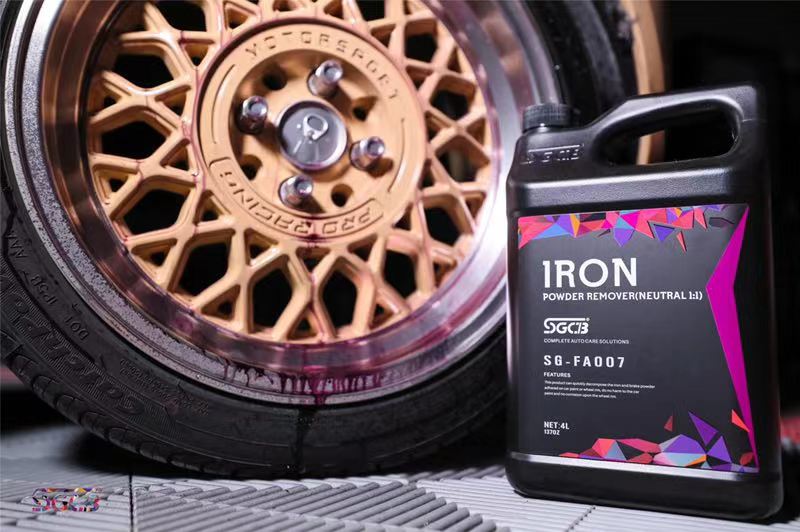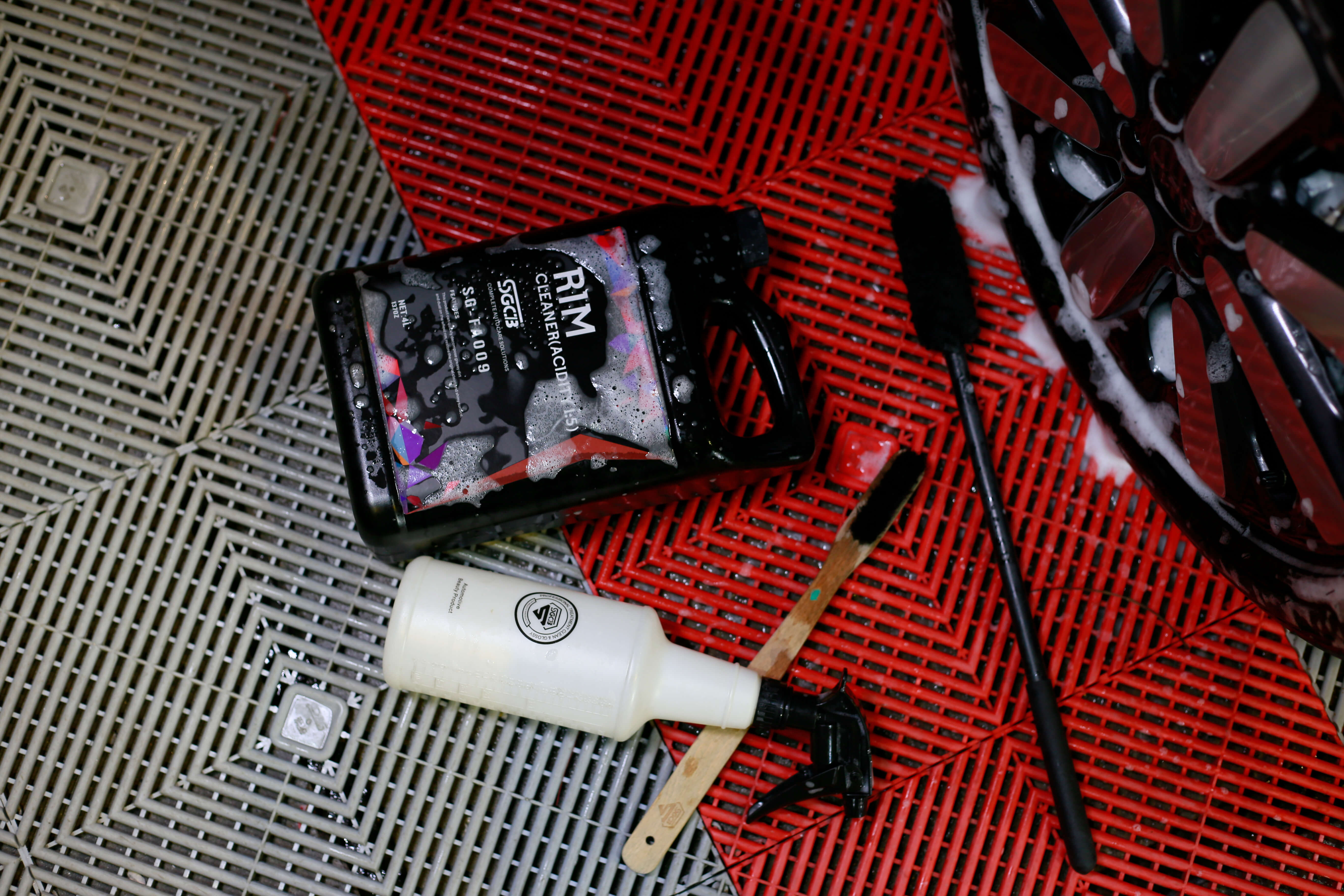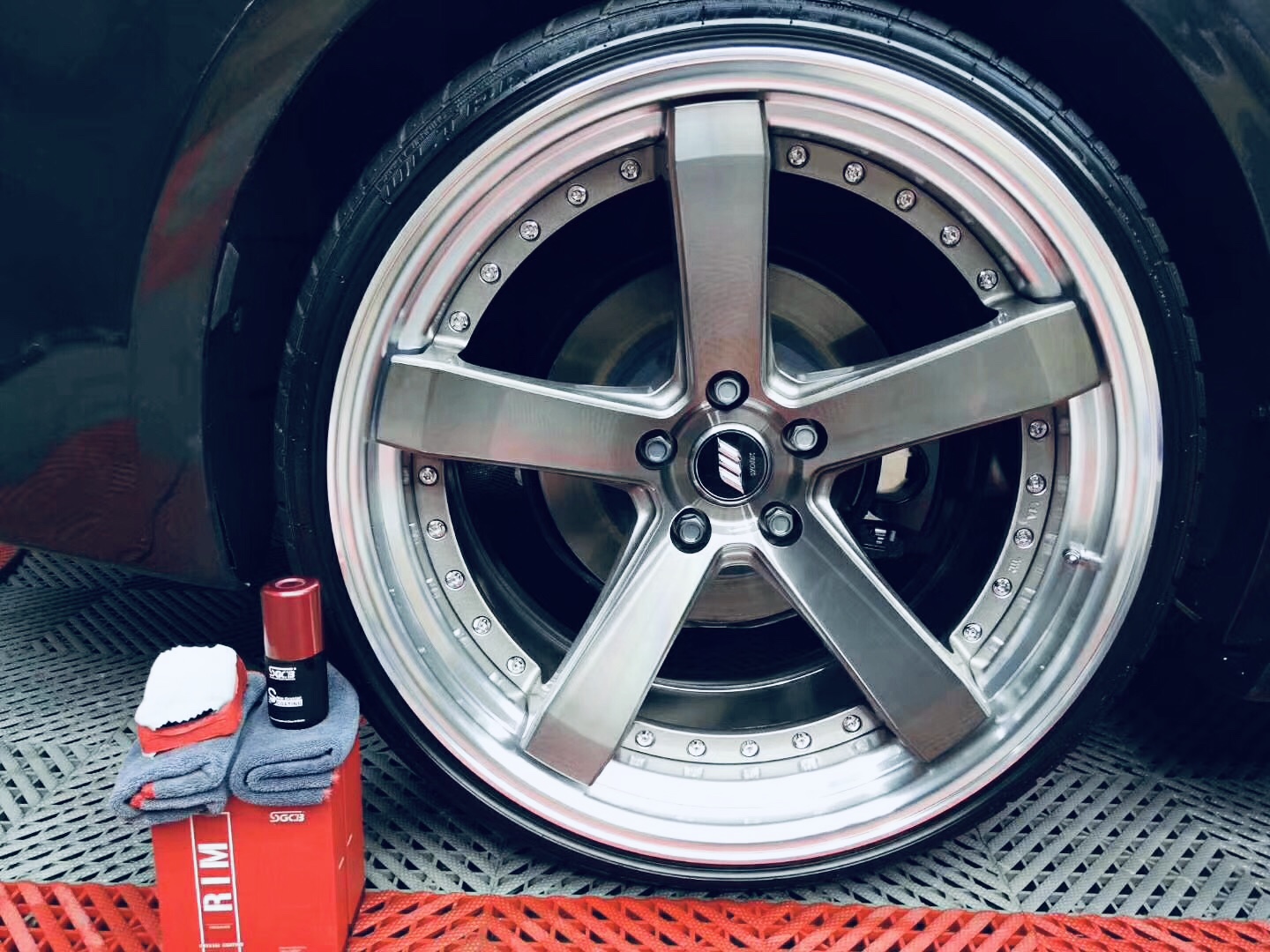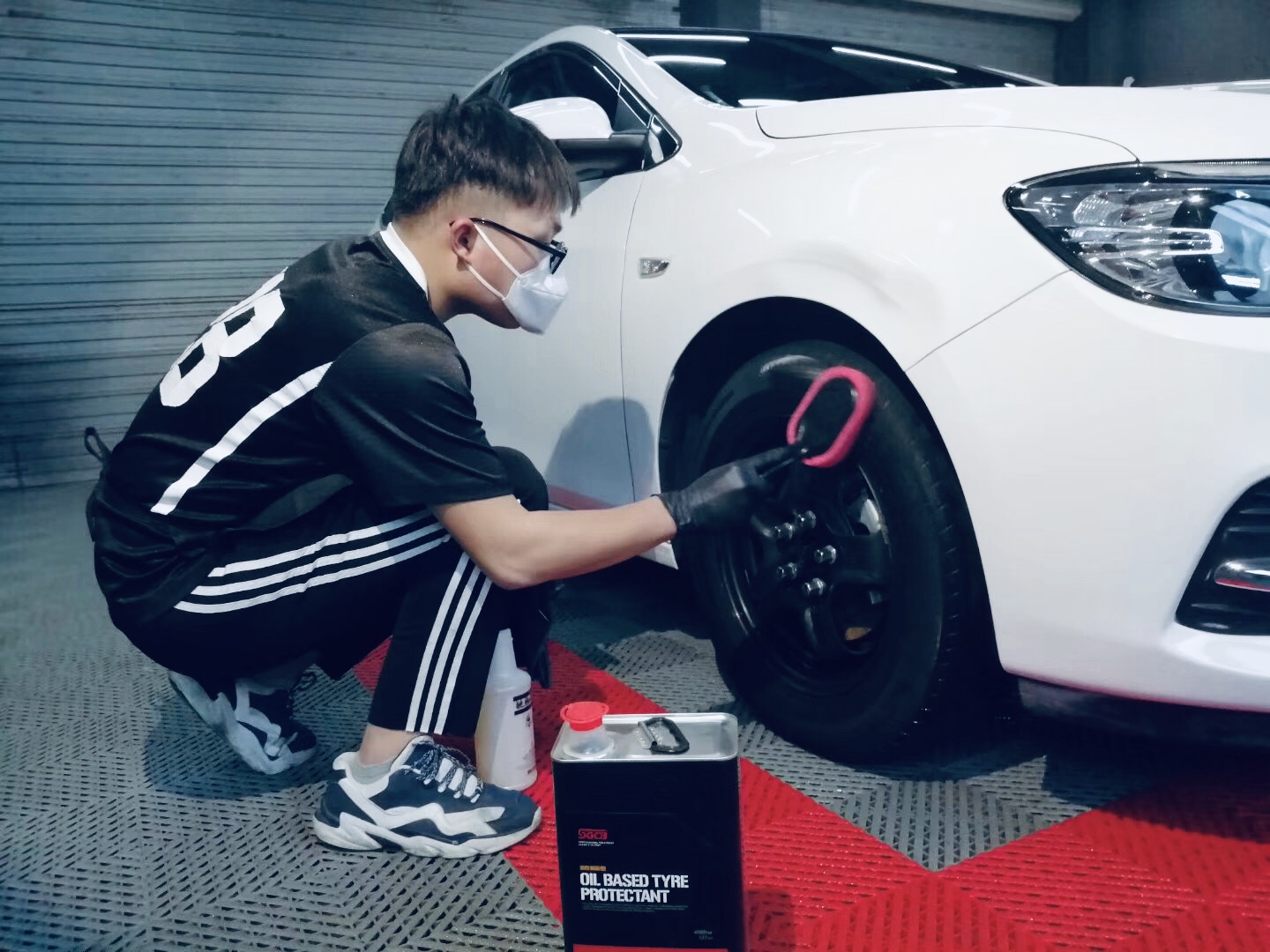Human FETU-A ELISA Kit For the quantitative in vitro determination of Human FETU-A concentrations in serum - plasma - celiac fluid - tissue homogenate - body fluid FOR LABORATORY RESEARCH USE ONLY. NOT FOR USE IN DIAGNOSTIC PROCEDURES. This package insert must be read ELISAENZYME LINKED IMMUNOSORBENT ASSAYINTENDED USE AND TEST PRINCIPLEThis FETU-A ELISA kit is intended Laboratory for Research use only and is not for use in diagnostic or therapeutic procedures. The Stop Solution changes the color from blue to yellow and The intensity of the color is measured at 450 nm using a spectrophotometer. In order to measure the concentration of FETU-A in the sample, the FETU-A ELISA Kit includes a set of calibration standards. The calibration standards are assayed at the same time As the samples and allow the operator to produce a standard curve of Optical Density versus FETU-A concentration. The concentration of FETU-A in the samples is then determined By comparing the OD of the samples to the standard curve.SAMPLE COLLECTION AND STORAGESSerum - Use a serum separator tube and allow samples to clot for 2 hours at room temperature or overnight at 4°C before centrifugation for 20 minutes at approximately 2000×g. Remove Serum and assay immediately or aliquot and store samples at -20°C. Avoid repeated freeze-thaw cyclesPlasma - Collect plasma using heparin as an anticoagulant. Centrifuge samples for 30 minutes at 2000×g at 2-8°C within 30 minutes of collection. Store Sample at -20 ° C. Avoid repeated freeze-thaw cycles. Cell culture supernates, tissue homogenate and other biological fluids - Remove particulates by centrifugation and assay immediately or aliquot and store samples at -20 ° C. The samples shoule be centrifugated dequately and no hemolysis or granule was allowed.MATERIALS REQUIRED BUT NOT SUPPLIED1. 37 °C incubator2. Standard microplate reader capable of measuring absorbance at 450 Nm3. Precision pipettes, disposable pipette tips and Absorbent paper4. Distilled or deionized waterREAGENTS PROVIDED All reagents provided are stored at 2-8°C. Refer to the expiration date on the label. Name 96 determinations 48 determinationsMicroelisa stripplate 12*8strips 12*4stripsStandard (6 vial) 0.5ml/vial 0.5ml/vialSample diluent 6.0ml 3.0mlHRP-Conjugate reagent 10.0ml 5.0ml20X Wash solution 25ml 15ml Chromogen Solution A 6.0ml 3.0mlChromogen Solution B 6.0ml 3.0mlStop Solution 6.0ml 3.0mlClosure plate membrane 2 2User manual 1 1Sealed bags 1 1Note: 1. Standard concentration was followed by: 1000, 500, 250, 125, 62.5, 31.2 μg/mL.2. If samples generate values ​​higher than the highest standard, please dilute the samples with Sample Diluent and repeat Standard assay conjugate and microtiter plates are matched for optimal performance. Use only the reagents supplied by manufacturer. 2. Allow kit reagent s and materials to reach room temperature (20-25°C) before use. Do not use water baths to thaw samples or reagents. 3. Do not use kit components beyond their expiration date. 4. Use only deionized or distilled water to dilute 5. Do not remove microtiter plate from the storage bag until needed. Unused strips should be stored at 2-8°C in their pouch with the desiccant provided. 6. Use fresh disposable pipette tips for each transfer to avoid contamination. Disposable knuckle must be treated as potentially hazardous and capable of transmitting disease. Disposable knuckle must be during the assay procedure, since no known test method can offer complete assurance that products derived from Human blood will not transmit infectious agents. Therefore, all blood derivatives should be considered potentially infectious and good laboratory practices should be followed. 9. All samples should be disposed in a manner that will 10. The liquid should be allowed to stand for a minimum of 30 minutes to inactivate the viruses before disposal. 11. Substrate Solution is easily contaminated. If bluish prior Substrate B contain 20% acetone, keep this reagent away from sources of heat or flame. 13. Remove all kit reagents from refrigerator and allow them to reach room temperature (20-25°C). REAGENT PREPARATION AND STORAGEWash Solution (1X) - Dilute 1 volume of Wash solution (20X) with 19 volumes of deionized or distilled water. Wash Solution is stable for 1 month at 2-8°C. ASSAY PROCEDURE1. Prepare all reagents before starting assay Add to the micro-lisa stripplate.2. Add 50μl of Standard or Sample to the appropriate wells Standard wells and sample wel Ls except the blank well, cover with an adhesive strip and incubate for 60 minutes at 37°C.4. Wash the Microtiter Plate 4 times. Manual Washing - Remove incubation mixture by aspirating contents of the plate into a sink or proper waste container. Using a squirt bottle, fill each well completely with Wash Solution (1X), then aspirate contents of the plate into a sink or proper waste container. Repeat this procedure for a total of four times. After final wash, invert plate, and blot dry Note: Hold the paper of the plate frame firm when washing the plate to assure that all strips remain securely in frame. Automated Washing - Aspirate all wells, then wash plates four times Using Washer Buffer (1X). Always adjust your brush to aspirate as much liquid as possible and set fill volume at 350μL/well/wash. After final wash, invert plate, and blot dry by hitting plate mount absorbent paper or paper blanket until no m Oisture appears.5. Add chromogen solution A 50μl and chromogen solution B 50μl to each well. Gently mix and incubate for 15 minutes at 37°C. Protect from light.6. Add 50μl Stop Solution to each well. The color in the wells Read the Optical Density (OD) at 450 nm using a microtiter plate reader The standard curve is generated by plotting the average OD (450 nm) obtained for each of the six standard concentrations on the vertical (X) 2. First, calculate the mean OD value for each standard and sample. All OD Values ​​are subtracted by the mean value of the balnk well before result interpretation. Construct the standard curve using Graph pa To determine the amount in each sample, first locate the OD value on the Y-axis and extend a horizontal line to the standard curve. At the point of intersection, draw a vertical line to the X-axis 4. Any variation in operator, pipetting and washing technique, incubation time or temperature, and kit age can cause variation in result. Each user should obtain their own standard curve.5. Intra-assay CV(%) And Inter-assay CV (%) are less than 15%.6. Assay range: 31.2μg/mL – 1000μg/mL.7. Sensitivity: The minimum detectable dose of Human FETU-A is typically less than 10 μg/mL. 8. Cross-reactivity: This assay recognizes recombinant and natural Human FETU-A. No significant cross-reactivity or interference was observed. 9. Storage: 2-8 ° C (Use frequently); six months (-20 ° C). 10. QUOTE READ ONH;
Rim & Tire
Rim cleaner advantage: Strong removal of stubborn brake powder attached to the hub.Wheel hubs that have never been cleaned and maintained can also be maintained in a short time. The room is clean and can be used on the surface of glass. Removal of stubborn stains and oxides adhering to glass surface.
Iron cleaner: Reaction only with iron powder and rust, not through. Over-corroded iron powder, rust, but solid. The transformation of liquid iron into liquid iron can be thorough. Dissolved iron powder, rust, in rusty parts. Produce more obvious chemical reactions.
As for rim&tire clean, using iron cleaner and rim cleaner , using chemical sprayer bottle or foaming sprayers to spray, together with wheel cleaning brush .


And then wheel coating and tire wax ;For coating, the accessiores included coating applicator, sudue cloth .

For tyre protect, there are two types of wax: water-base, oil-base. using wax applicator and spray bottle to work :


If you wanna know more about car care supplies, pls mail us.
Ceramics Coating Series,Ceramic Coating,Ceramic Car Coating,wax wheel,wheel guard,,rim & tire,wheel woolies, tire shining
SGCB COMPANY LIMITED , https://www.sgcbautocare.com




